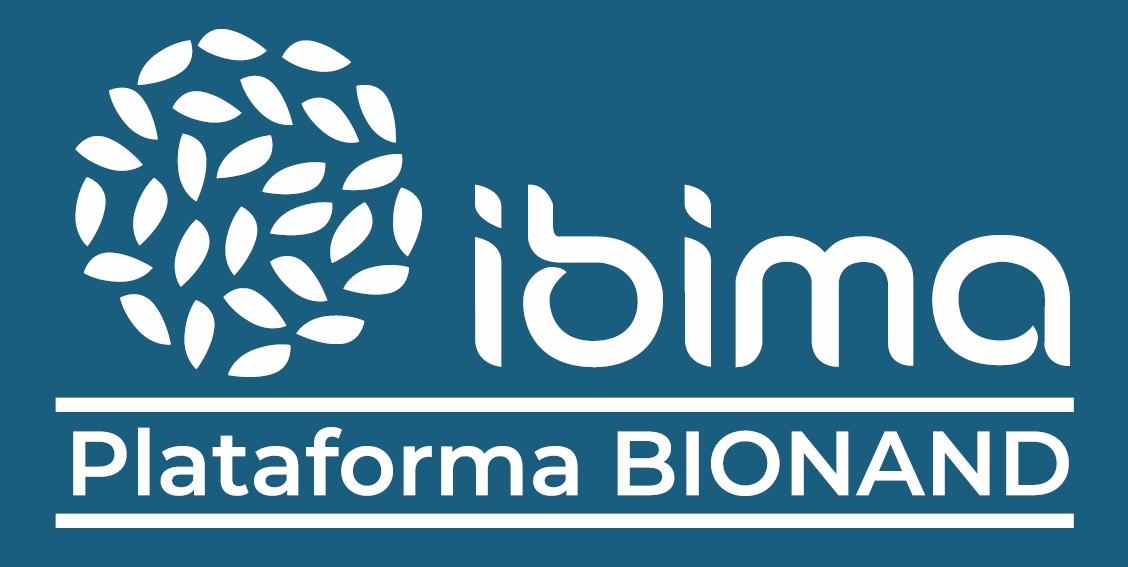Unravelling the impact of Radiofrequency in liver surgery: the key to decrease local recurrence?

ABSTRACT
Colorectal cancer (CRC) ranks fourth in cancer deaths worldwide. Between 20% and 30% of patients with advanced CRC have liver metastases (CRLM). Liver cancer ranks second in cancer deaths worldwide, including hepatocellular carcinoma (HCC). Despite recent advances, liver resection offers the only chance of cure for patients with liver metastases. However, the recurrence rate of these tumours is high even after post-resection. The presence of positive margins in the remaining liver after resection correlates with increased local recurrence and decreased overall survival, the only factor where prognosis could be influenced by the performance of surgery. However, at present, the extent of an R-negative status remains debatable and varies widely from one publication to another. Currently, there are radiofrequency ablation studies that, based on preliminary retrospective human clinical trials, are able to correlate an additional coagulation of tumor margins with a reduction on local recurrence. However, there is no prospective and pragmatic controlled study that accurately measuresthis additional margin and itsimpact on oncological outcomes. The aim of LIVERATION isto conduct an ambitious, pragmatic multicenter clinical trial with 720 patients with CRLM and HCC at 24 clinical centres in 6 different countries to determine whether additional ablated margin produced by radiofrequency can decrease the recurrence rate and improve patient survival. We will also evaluate the patient-centredness of the intervention and its comparativeness with other therapeutic alternatives in terms of quality of life and patient experience in real-world settings. To this end, the consortium has been formed by highly experienced, highly qualified and multidisciplinary entities to carry out the project successfully. The results will not only have a major impact on a social and scientific level but also on an economic level for the EU. This action is part of the Cancer Mission cluster of projects on ‘Diagnosis and treatment’.
Partners
-
-
- IMIM CONSORCIO MAR PARC DE SALUT DE BARCELONA
- VECMEDICAL SPAIN SL
- SOCIEDAD PARA EL AVANCE CIENTIFICO – SOCIETY FOR THE IMPROVEMENT OF SCIENCE
- SHINE 2EUROPE LDA
- EUROPEAN LIVER PATIENTS ASSOCIATION
- FUNDACION AVEDIS DONABEDIAN PARA LA MEJORA DE LA CALIDAD ASISTENCIAL
- PANEPISTIMIO IOANNINON
- ECRIN EUROPEAN CLINICAL RESEARCH INFRASTRUCTURE NETWORK
-
